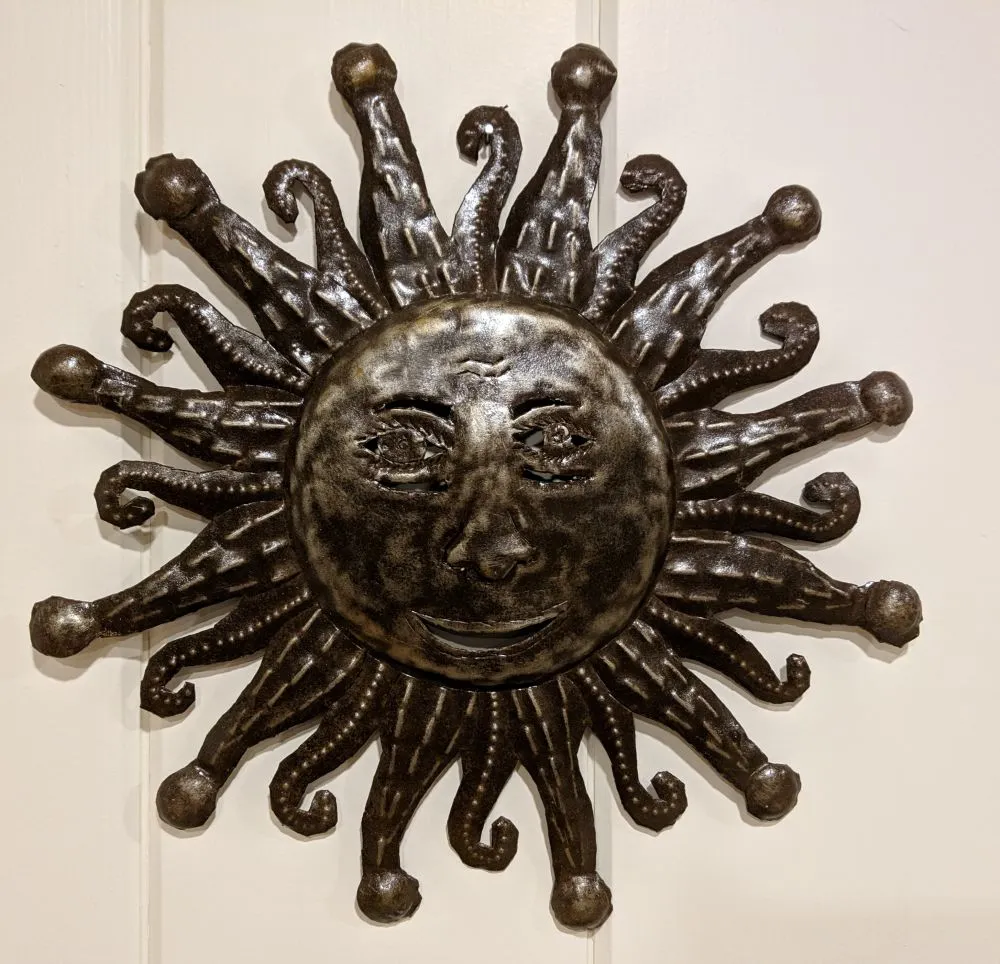“This temperature corresponds to 0 degrees Fahrenheit, so it was “probably a round, easy number to remember”
That’s what Allouche and team will be working on next, as they build their research summary into a full report, to be published in September 2024. “These findings give good reasons for ‘3 degrees of change’ to be further explored,” Allouche says.
Three Degrees Of Change: Frozen food in a Resilient and Sustainable Food System (PDF)
How often do you want to get food poisoning? That’s the trade off. Each degree increased is shifting the statistical curve on which the tail end is food poisoning occurrences.
If Google didn’t just lie to me 17MT of CO2 is the equivalent of taking 19 private jets out of service for one year. You’ll excuse me if I choose to lower my chance for food poisoning by making some rich dude fly commercial.
The international standard for freezing food is -18C, about 0F, they are talking about increasing that by three degrees to about 3F or -15c, which would have no impact on likeliness of food poisoning. People should use private jets less as well but this seems like a change that could be made across an industry more easily. This isn’t about people turning up their freezers at home but rather commercial food operations which accounts for a much larger portion of energy used.
This is the internet so take this with a grain of salt. I work in a life safety field and the last 50 years of research has been to shift the evaluation of safety from an arbitrary value for safety to a statistical basis - all in the name of efficiency (cost, material, environmental - pick you’re cause, they all have a voice). There is generally no perfectly safe condition, only a poly at which the number of standard deviations from the norm makes failure so unlikely as to be nearly impossible. We have classes of prevention and imposed conditions and there are under the intersection of (failure in prevention)x(exceptional imposed danger) are dead people, or at least loss of property.
Shifting the freezer set point is moving the prevention curve. The number may be small, but it’s still finite. The question the actuaries will ask is if the economic value of 19MT is worth an increase in probability for the sickness or death of X people. I’m merely arguing that the value, to me personally, is not sufficient.
a change that would avoid 17 metric tons of greenhouse gasses
Uh, that’s so obviously massively wrong. The headline seems correct though, it’s about 17 MILLION metric tons.
Doesn’t Mt mean magatons?
As an indigenous Canadian that grew up poor, in about December, dad would transfer a large stock of our frozen food to the large capacity refrigerator next to wood pile outside our house. It wasn’t powered by anything, the cold winter weather was enough to keep everything frozen for months.
I live in northern Ontario and when I think about that, I find it so strange that I live in a house that is kept warm to protect me from freezing temperatures outside while at the same time I spend a good amount of energy to have an appliance inside my warm house to keep my food frozen. You’d think in Canada someone would have figured out a way to harness that cold from outside for part of the year.
You’d think in Canada someone would have figured out a way to harness that cold from outside for part of the year.
Look into the “cool cupboard” associated with David Holmgren, who talks about it in his book Retrosuburbia. IIRC it uses simple geothermal and natural convection to keep certain foods cool.
I live in a cold place and lately I’ve been taking water jugs outside to freeze, then bring them in once I go out in the morning. With them, the fridge hardly runs any more. I’d prefer something automatic like a cool cupboard for certain things and a well insulated fridge running straight on DC solar.






